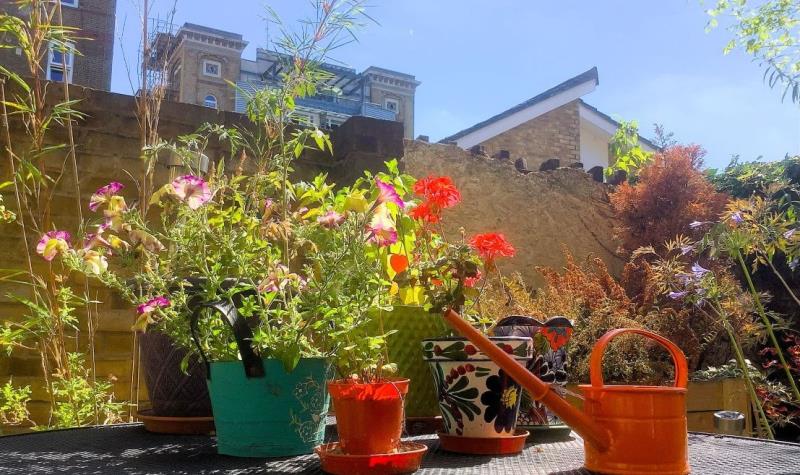


Please enjoy this free content - for more Need To Know articles please consider a subscription
A circular economy is a system where materials never become waste and nature is regenerated. This is in contrast to a linear economy, where we take things, make things, and then dispose of them. Our planet’s resources are finite, and a circular economy is a way of keeping things in a lifecycle. Schools are already part of a circular economy through things like food waste collection, and there are other simple ways to get started.
This is how the Ellen MacArthur foundation defines a circular economy:
The circular economy is a system where materials never become waste and nature is regenerated. In a circular economy, products and materials are kept in circulation through processes like maintenance, reuse, refurbishment, remanufacture, recycling, and composting… The circular economy is based on three principles:
Underpinned by a transition to renewable energy and materials, the circular economy is a resilient system that is good for business, people, and the environment.
A key element of the circular economy is the separation of biological and technical waste, or the notion of two different life cycles. The technical cycle is all about things that won’t biodegrade – metals and plastics, for example. The biological cycle refers to things that will naturally biodegrade, such as food and paper.
This butterfly diagram illustrates the two parts of this cycle.
For an explanation and examples of the circular economy in action, watch this 10-minute video.
You’ll also see the ‘five Rs’ talked about in terms of the circular economy. Here’s how they are described in edie Explains: First Steps in the Circular Economy:
Metabolic, a company dedicated to sustainable economies, has a seven pillar model, which incorporates people wellbeing and social justice.
Their seven pillars are: materials, energy, water, biodiversity, society & culture, health & wellbeing, and value. These are viewed through the lenses of:
The planet’s resources are finite, and the circular economy is a way of tackling climate change. WRAP has identified that 45% of global emissions can only be tackled by changing the way we make and consume products and food.
The government aims to transition to a circular economy, establishing a taskforce with aims to:
Eco-Schools have a series of downloadable lesson plans which can be used to incorporate teaching about the circular economy into the curriculum.
You’ll already have elements of a circular economy in progress. For example, the recent simpler recycling regulations, which mean that food waste has to be collected separately, enable that biological waste to be re-used.
Other things which you may be doing already, or can consider doing, include the following.


































































































